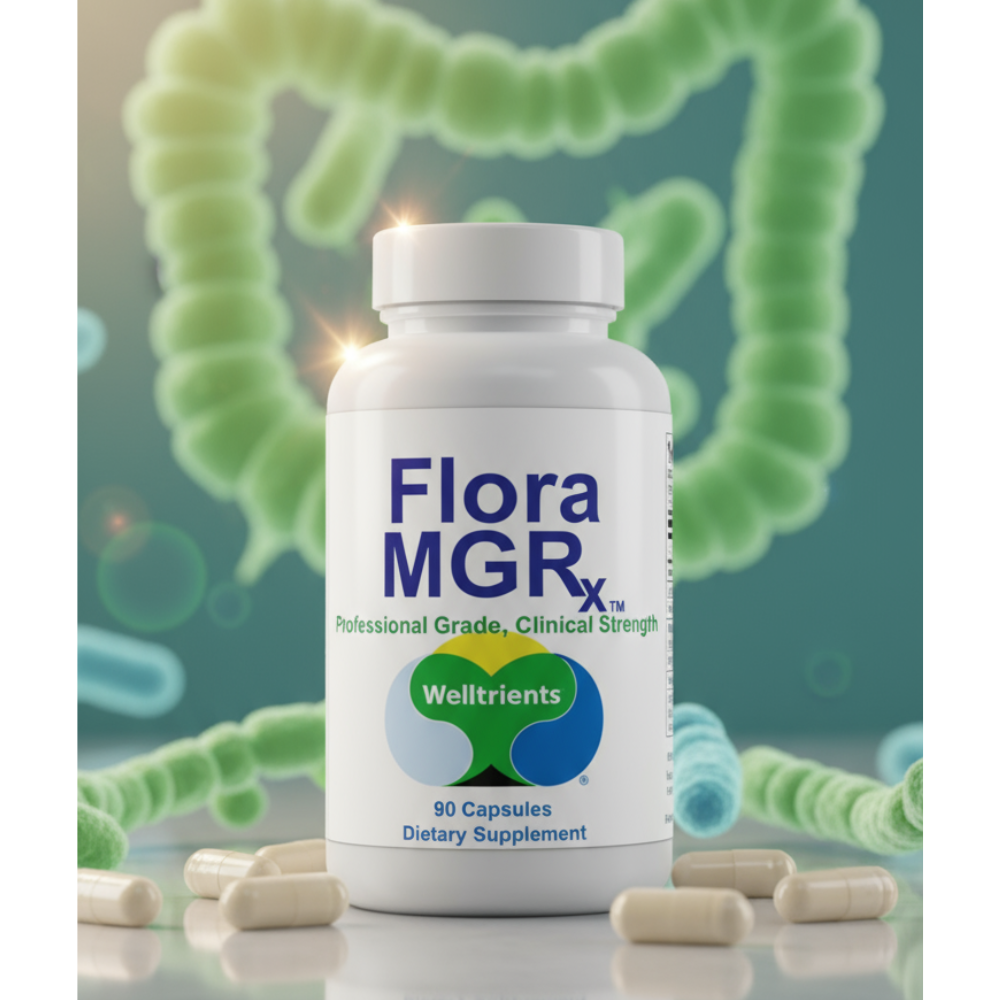








Frequently Asked Questions about Flora MGRx
How Does Flora MGRx Work?
Ingredients For Flora MGRx
Flora MGRx™ Ingredients
| Ingredient | Function/Benefit |
|---|---|
| Lactobacillus acidophilus | Helps maintain intestinal flora, supports digestion and nutrient absorption |
| Bifidobacterium bifidum | Promotes healthy digestion and enhances immune function |
| Lactobacillus plantarum | Supports gut health by balancing bacteria in the digestive system |
| Bifidobacterium lactis | Aids digestion and promotes overall gastrointestinal health |
| Lactobacillus rhamnosus | Helps fight off harmful bacteria, boosts immune function |
| Streptococcus thermophilus | Enhances digestion of lactose and improves gut health |
Flora MGRx Comparison
Flora MGRx™ vs. Other Probiotic Supplements
| Feature | Flora MGRx™ | Competitor A | Competitor B |
|---|---|---|---|
| Probiotic Strains | 15 Strains | 5-7 Strains | 10 Strains |
| Capsule Count | 90 Capsules | 60 Capsules | 80 Capsules |
| Colon Health Support | ✔️ | ✔️ | ✖️ |
| Immune System Boost | ✔️ | ✖️ | ✔️ |
| Bioavailability | High | Medium | Low |
Why Would You Use Flora MGRx
Directions for Use For Flora MGRx
About Colloids For Life
|
Colloids for Life LLC
Natural Supplements and Vitamins for Optimum Health
Colloids for Life LLC is dedicated to health and wellness, including offering top quality, natural supplements and encouraging a healthy lifestyle that includes good nutrition and exercise. For a variety of useful health tips as well as the latest health news, subscribe to our newsletter, sign up for our blog feed, like us on Facebook and/or follow us on Twitter.
Location Colloids for Life is located at: 7100 Broadway Bldg 2RS Denver CO 80221 |












